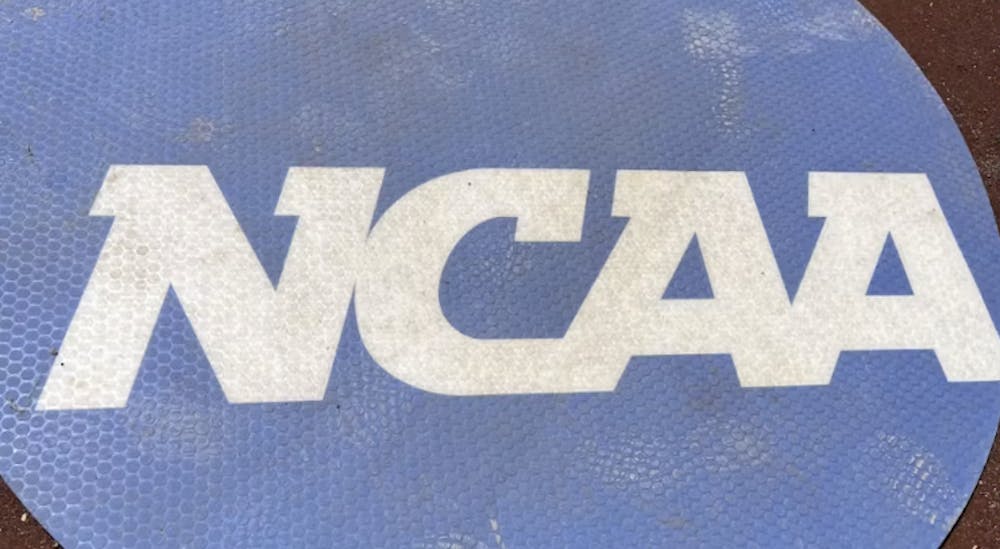The NCAA officially announced Wednesday the deconstruction of the National Letter of Intent program into NCAA signing and recruiting rules. Previously, an NLI was signed by a high school recruit on National Signing Day and then formally sent to that student-athlete’s future institution. Now, student-athletes will have more flexibility in their recruiting process — as they can directly negotiate financial aid with an institution due to changed Name, Image and Likeness regulations. A signed financial document will mark their official signing and end of open recruitment, instead of a final commitment letter.
A NLI was crucial for several decades, as recruits were previously required to attend their institution listed on an NLI to receive any financial aid. This was considered to be the binding step in recruitment. Oral commitments or posts on social media were deemed unofficial — and could be backed out of. An NLI, however, ensured a student-athlete attended a specific institution for at least one year.
The NLI program had been in effect since 1964, when J. William Davis of Texas Tech pushed for a binding agreement that would prevent a recruit or an institution from rescinding their mutual commitment. The NCAA had official oversight of the program since 2007.
For the time being, high school student-athletes are still not allowed to sign a financial aid agreement before National Signing Day. However, the new streamlined process removes a hurdle for those student-athletes and their families. This change will place the formerly significant weight of an NLI squarely on a financial aid agreement between a given recruit and their institution to seal a commitment.
Phasing out the NLI program marks another chapter of the monumental shift across the NCAA landscape. With NIL developing at a breakneck pace, the NCAA continues to navigate an unprecedented age of compensating student-athletes. Because the University can take advantage of House Bill 1505, there are exciting possibilities with the restructured recruiting process. Ultimately, only time will tell how this change plays out.







